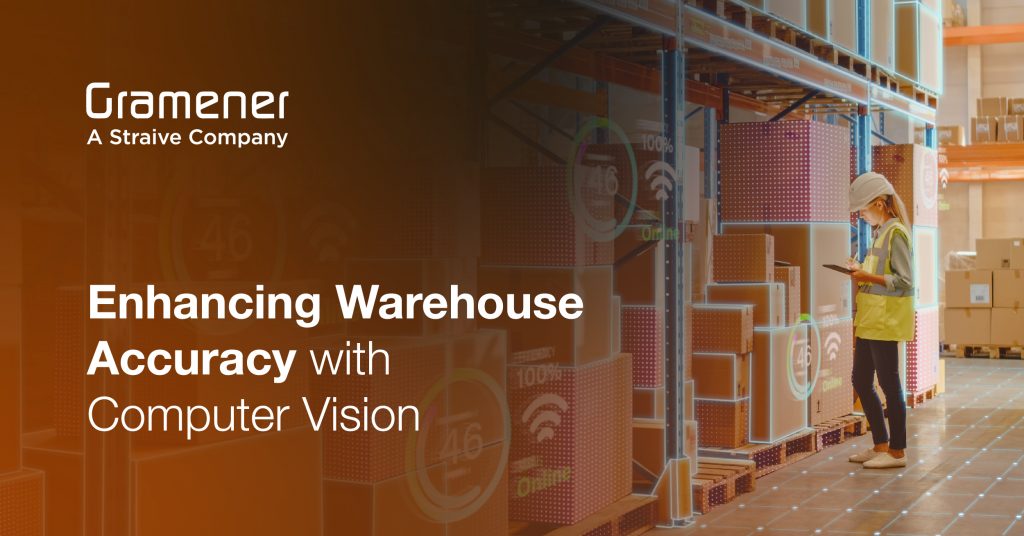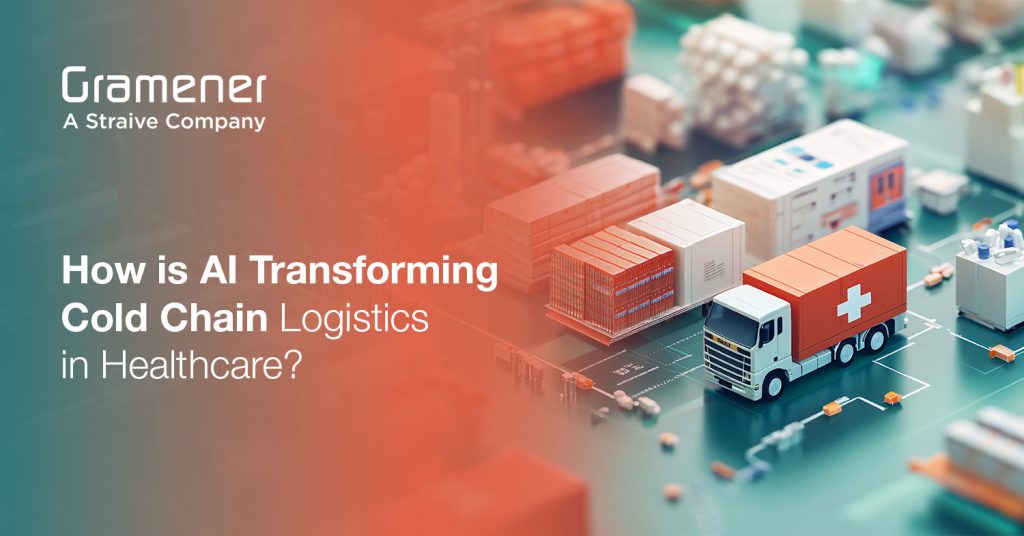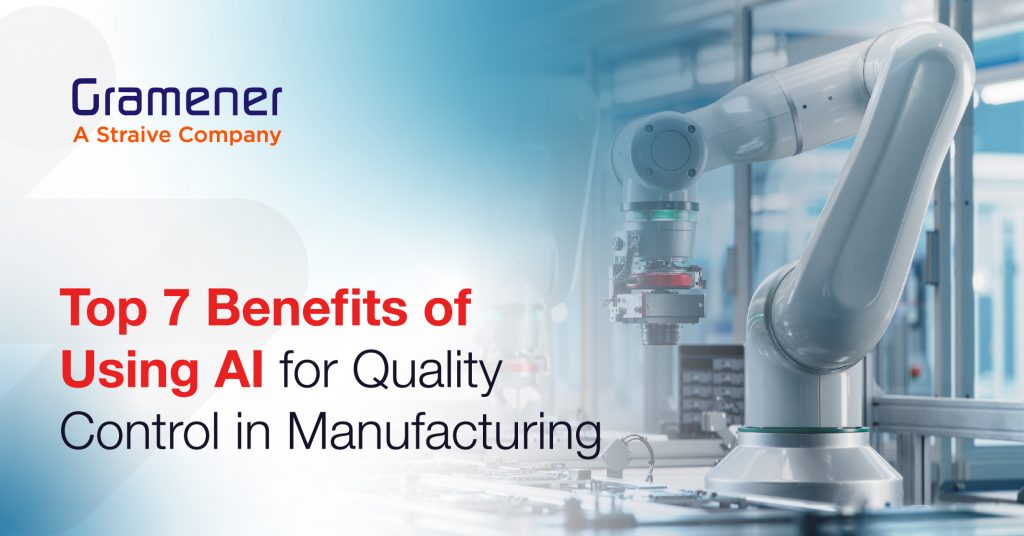Supply chain disruptions are so commonplace and largescale in today’s post-pandemic world. Any such breakdown may bring to mind black swan events that could affect production performance adversely and impair supply chain efficiency. These disruptions during the ‘Make’ stage of the supply chain process are related to quality; hence there can be no compromise. Undoubtedly, digital twins are one of the latest technologies that improve production performance and help organize, process, analyze data, and rectify problems to maintain superior quality.
Looking for custom digital twin building?
Find out how our digital twin solutions have helped Pharma, Manufacturing, and Supply chain companies save time and cost on their operations. Get a free demo of our solutions.
Table of Contents
The Role of Digital Twins in Supply Chain Process Improvement
Quality control starts with data gathering. Legacy and older automated systems like computerized numerical control (CNC), supervisory control and data acquisition (SCADA), and programmable logic controller (PLC) have limitations.
New technologies with a human-machine interface and high-frequency data collection have been integrated with a manufacturing execution system (MES), enterprise resource planning (ERP), and a computerized maintenance management system (CMMS) to improve production performance.
Certainly, one of the hottest tech trends right now, a digital twin, is a digital clone or representation of a real-world entity. An organization can run simulations on the digital version to test outcomes and replicate the same on the physical entity without risking actual changes when outcomes are unknown.
There are different kinds of digital twins, all equally important.
Let us take the example of a car: a digital twin can be made of a component (combustion chamber, piston, cylinder head), an asset (a collection of components -engine), a system (a collection of assets -propulsion system) or an entire process (collection of systems or how the propulsion, electrical and bodywork come together).
A process digital twin can be leveraged to represent the entire production facility. It can provide sharp insights to improve collaboration between all the units, with the added factor of time.
Total visibility of the closed-loop of production will throw light on individual performance as well – for instance; a particular part may be produced too quickly, leading to excess supply, storage costs, and logistics challenges. For a process to be fully functional and efficient, every little component, asset, and system should work in tandem.
Process Digital Twin to Improve Production Performance
Using sensor data from the Industrial Internet of Things (IIoT) has enabled the process digital twin technology on the shop floor. Production performance improvement can be simulated first on the process digital twin and then applied to the physical process with answers to questions like:
- How long will the production process take?
- How much will the process cost?
- Which machine should carry out which task?
- What steps to automate?
- What can cause downtime?
- Is the process feasible?
- Where did the process go wrong?
- Which part of the process is weak?
- What if? (Scenario checks)
- Why not? (Optimization recommendations)
Digital twinning of the manufacturing or production process has use cases in yield optimization, machine setup time reduction, overall equipment effectiveness (OEE) improvement, downtime reduction, and predictive maintenance.
Yield Optimization
Production performance improvement is possible through yield optimization using advanced statistical analysis and machine learning techniques. Therefore, establishing a relationship between material and operational parameters leads to yield optimization.
Gramener has perfected this art with process digital twins – simulator and predictor- combined with domain knowledge. When one of our pharmaceutical clients approached us with the challenge of maintaining consistent quality, we simulated the entire process with the process digital twin.
Exploratory data analysis helped us understand data patterns. Using classification and regression models for rules and variable importance, we could co-relate temperature variations with the fineness or coarseness of tablets.
The predictor twin helped to analyze the adjustments required to give ‘golden batch’ outputs every single time. We were thus able to achieve an 11% increase in yield output and a 13% reduction in wastage.
Note: Find out more about pharma digital twins and how they operate.
Machine Setup Time Reduction
Manual machine setup is a cumbersome and time-consuming task. Machine setup time reduction is possible through the process of digital twin technology.
Gramener helped a pharmaceutical major to attune its compressor settings with insights on the quality attributes of raw materials required to carry out tablet manufacturing without any wastage.
The historical data for one full year was extracted from IoT sensors in the compressor and analyzed along with raw material and tablet quality attributes. Production performance improvement was achieved through a 67% reduction in operational setup time and $900K savings by optimizing machine settings.
Overall Equipment Effectiveness (OEE) Improvement
Real-time insights and root cause analyses of issues related to OEE are possible using process digital twins. Simulations by the digital twin reveal how the manufacturing process is performing in terms of speed of cycle times, efficiency, and optimum utilization of constituent machinery.
OEE measures the percentage of production time that is truly productive. After identifying and eliminating bottlenecks, it is important to use the digital twin predictor to suggest intelligent production planning and preventive maintenance, leading to improvement in production.
Downtime Reduction
Due to the lack of accurate demand forecasting, many manufacturing units face downtime due to a shortage of raw materials and labor.
Process digital twins can simulate a blended view of financial and operational data and interlink it to the production process. The insights gained can help to prevent unplanned downtime due to insufficient resources, scheduling challenges, and equipment failures. Reduction in downtime leads to production performance improvement.
Predictive Maintenance
A process digital twin helps with predictive maintenance by collecting data from machinery through temperature, pressure, heat-flow, and vibration sensors.
At Gramener, we have worked with clients from manufacturing, beverages, and semiconductor domains to help them improve their production performance by making predictive maintenance recommendations. We were able to analyze data patterns that precede damage to spindles, clogging of pipes, and breakdown of machinery. This enabled us to provide advanced alerts to schedule predictive maintenance work on milling machine spindles, pipes in heat exchangers, and pressure meters in chemical vapor deposition machines.
Lower maintenance costs, reduced machine downtime, less wastage, better quality, and high process transparency led to production performance improvement.
Conclusion
As digital twins’ capabilities expand, supply chain processes can only turn more intelligent, creating more transparency and visibility. An end-to-end supply chain will connect more humans and things and break up supply chain silos. Collaboration, sustainability, and resilience will define a new immersive ecosystem with digital twins as the building block. Some are already calling it the industrial metaverse.
If your supply chain is poised to leverage this power, reach out to Gramener today.
Crystal-gazing with Sunil Kardam, Head – Logistics & Supply Chain, Gramener
As digital twins provide feedback, recommendations, and insights, they will evolve into star workers on the shop floor. They will collaborate with human engineers actively.
More data will flow in from a myriad of intelligent sources –sensors, virtual reality platforms, business software systems, and visual inputs. This will empower the many versions of digital twins –component, part, asset, unit, and process – with large amounts of “perfect” data.
The integrated data will spawn new and innovative product digital twins and modern manufacturing methodology production twins. By Collecting operational data and insights from the product and production twins, the performance digital twin will enhance efficiency further.
The current data of a company’s workflows, processes, machines, and systems will help to establish a “digital thread” that represents the entire lifespan of the product, weaving in and out of the systems, processes, and workflows of an organization. The digital thread, a closed loop between the physical and digital world, will transform engineering and manufacturing.
It is easy to predict demand accurately as predictive analytics of customers will mature. Supply Chains can simulate virtually, and all stakeholders can participate in an “immersive” way. The virtual collaboration will harmonize the supply chain both from the supply and demand sides. Digital twinning and the digital thread will provide context and connections to create an automated non-linear supply chain network.
More on Data & Analytics in Supply Chain
How Does Computer Vision Help With Managing Perishable Goods?
The global food industry faces significant losses daily due to the spoilage of perishable goods. Fruits spoil in storage, vegetables…
Enhancing Warehouse Accuracy with Computer Vision
In today’s fast-paced world of e-commerce and supply chain logistics, warehouses are more than just storage spaces; they are active…
How AI is Redefining Quality Control and Supercharging OEE Optimization?
What does it mean to redefine the future of manufacturing with AI? At the heart of modern innovation, AI is…
How is AI Transforming Cold Chain Logistics in Healthcare?
In 2022, Americans spent USD 4.5 trillion on healthcare or USD 13,493 per person, a 4.1 percent rise over the…
Top 7 Benefits of Using AI for Quality Control in Manufacturing
AI in Manufacturing: Drastically Boosting Quality Control Imagine the factory floors are active with precision due to artificial intelligence, where…
10 Key Steps to Build a Smart Factory
Did you know the smart factory market is expected to grow significantly over the next few years, with some predicting…







